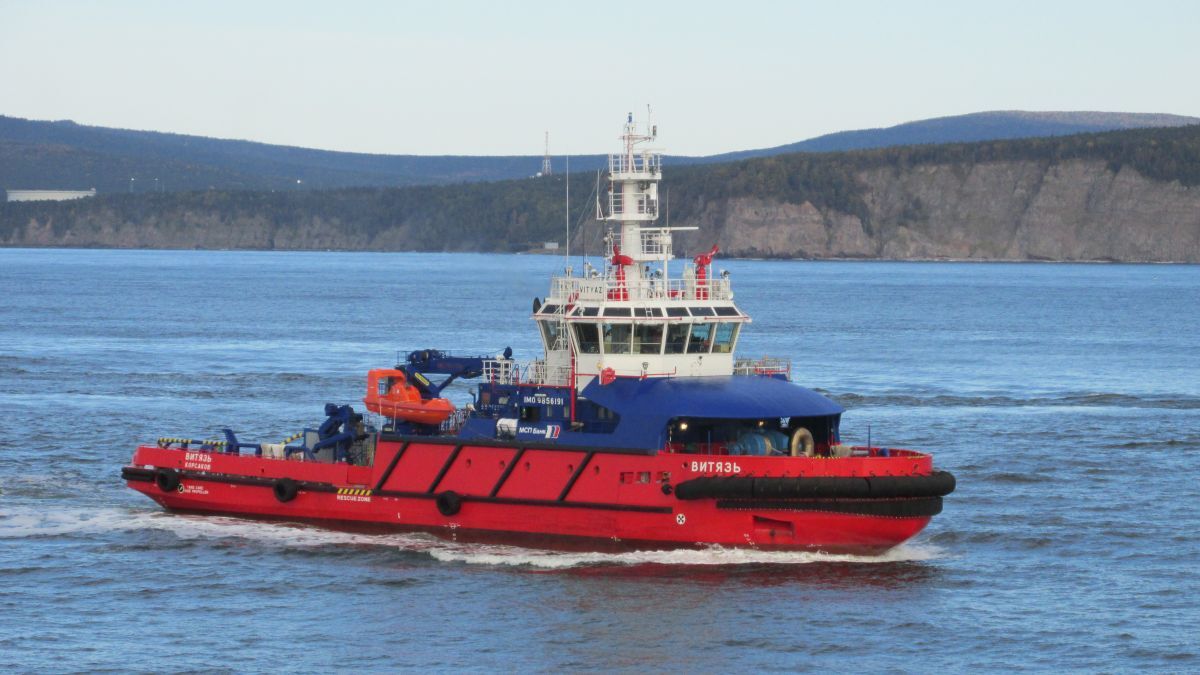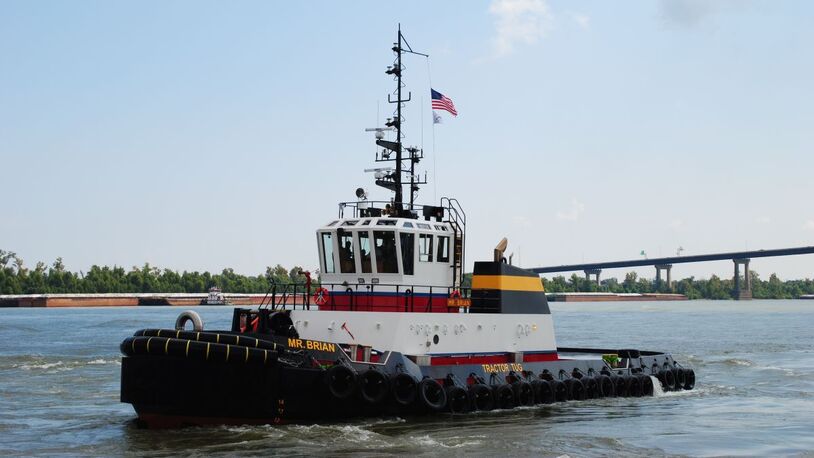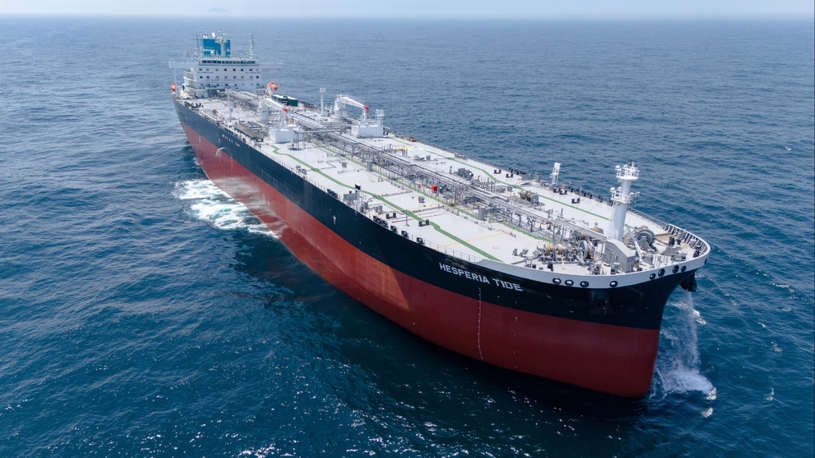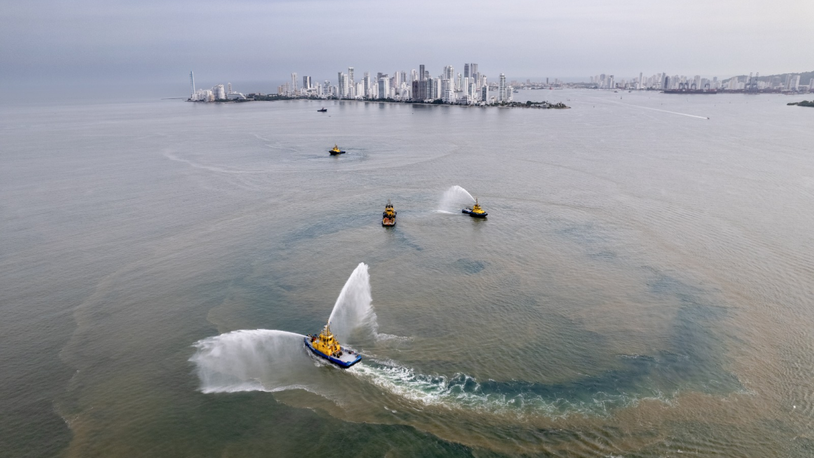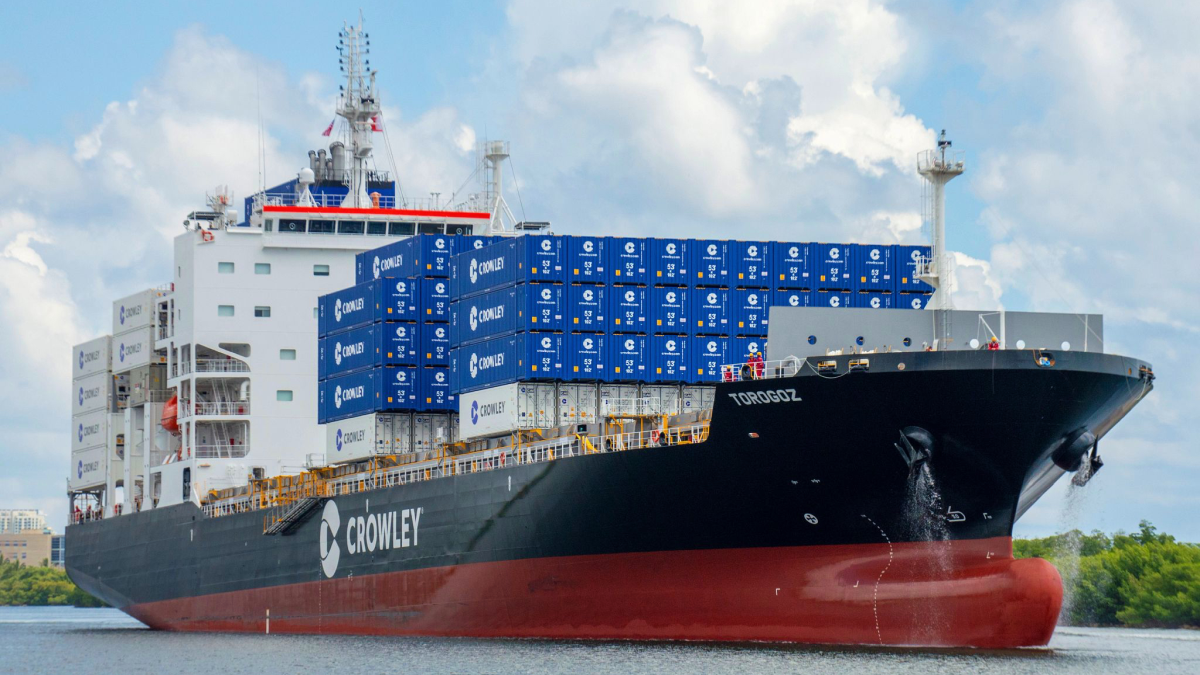Business Sectors
Events
Contents
Register to read more articles.
Ice-breaking tug designs unveiled
Tugboats are designed for ship escort, ice breaking, and towage in Arctic and ice-infested harbours
ILS Ship Design & Engineering has introduced a new series of design concepts for harbour, escort and offshore tugs with ice-class hulls. Its Knight series includes an azimuth stern drive (ASD) harbour tug with ice-breaking capabilities and an Arctic-class dual-fuel, escort tug for year-round operations in terminals and coastal waters.
ILS also designed an ice-breaking escort and oil-spill response tug and multipurpose offshore support vessels and anchor handlers for various markets.
“We are launching a series of tug, workboat and offshore support vessel concepts, Knight design series, all with the traditional ILS design philosophies behind them,” says ILS Ship Design & Engineering chief executive Kristian Lehtonen.
Based on vessels ILS previously designed, they were built by shipyards for the most extreme Arctic environments and ice conditions encountered in the Baltic, Gulf of Bothnia, Gulf of Finland and the Sakhalin Sea area.
Designed for vessels built for ice breaking, ship handling, harbour operations, coastal towage, ship escort and emergency response throughout northern Europe, Asia and in North America, when these designs are selected for a newbuild, ILS will complete the conceptual and basic design, and carry out full-scale ice and escort trials.
The ILS Knight ASD harbour icebreaker and escort tug is based on the design for Ahto, which is working at the northernmost Finnish harbours Kemi and Tornio, with class notations for a tug with unrestricted navigation to Ice 1A Super and automation for unmanned machinery spaces.
This vessel is capable of escort towing and ship berthing, ice breaking and management, oil spill response and general towage, with an overall length of around 40 m, moulded beam of 13 m, moulded depth of 6 m and draught of around 5 m. With a bollard pull of 43 tonnes and speed of 12 knots, it can break 90 cm of ice at 2 knots, from total propulsion power of 3,600 kW.
Ahto achieves this with two Wärtsilä 9L20 main diesel engines, each developing 1,800 kW at 1,000 rpm, driving two Kongsberg US 305 azimuth thrusters with controllable-pitch propellers. It has a Kongsberg TWH 1500/100 towing winch, Melcal deck crane with capacity of 6 tonnes at 16 m and a Kongsberg ETWH anchor windlass and escort winch. It has capacity for 150 m³ of fuel oil, 150 m³ of ballast and 16 m³ of fresh water.
Another Knight ASD harbour icebreaker and escort tug design is based on the tugboat Vityaz, which is operating at the De-Kastri oil export terminal near Sakhalin Island, with class notations for ship escort, Ice 1A Super, and oil recovery.
This 52-m vessel is designed for escort towing, ice breaking and management, anchor handling, oil spill recovery, fire-fighting and coastal towage. With a moulded beam of 14 m, depth of around 7 m and under-keel draught of 5 m, it has accommodation for 12 people. Vityaz has twin Wärtsilä W6L26C main engines, each developing 2,040 kW of power and driving two Kongsberg US 305 P40 azimuth thrusters with controllable-pitch propellers, a Kongsberg bow thruster with 350 kW of power and Cummins K-19 DM generators.
ILS has also designed a Knight Arctic-class escort tug suitable for harbour ice breaking and management and year-round towing, search and rescue operations, fire-fighting and anchor handling.
This 52-m, 447-gt tug will be classed to Polar Code 5 with FiFi1 fire-fighting and automation and ship-escort equipment. With a moulded beam of 14 m, moulded depth of around 8 m and under-keel draught of 6 m, it has total power of 8,600 kW.
Dual-fuel main engines and generators drive ABB Azipod azimuth thrusters and one electric-driven Kongsberg bow thruster. This escort tug will have transit speed of 14 knots and could break 1 m of ice.
Another vessel in the Knight design series it a Nordic-class azimuth stern drive, escort tug with ice class to Ice 1A for year-round towage and ship handling for harbour and terminal operations in ports around Scandinavia and the Baltic.
ILS designed this vessel with an overall length of 30 m, beam of 12 m, depth of 5 m and draught of around 5 m. A bollard pull of around 60 tonnes and speed of 13 knots comes from two diesel main engines with 2,000 kW of power driving two azimuth thrusters with controllable-pitch propellers.
Options for this vessel include a FiFi1 fire-fighting system, escort and deck winches and deck crane. This tug will have 90 m³ of fuel oil, ballast capacity of 65 m³ and storage for 17 m³ of fresh water.
ILS has also designed an ice-breaking, escort tug for sub-Arctic operations and for oil-spill recovery, suitable for ice breaking and management in harbours and ship escort, plus offshore support, oil recovery, fire-fighting, emergency response duties and year-round towage and anchor handling.
This vessel will have an overall length of around 8 m, beam of 19 m and a draught of around 6 m. Three diesel generators will produce power for two Azipods generating a bollard pull of 110 tonnes and breaking 1 m of ice at 3 knots. It could have transit speed ahead of 8 knots in 80 cm of ice with 20 cm of snow cover, accommodation for 12 people, anchor handling and escort winches, stern roller, deck capstans and a knuckle-boom crane.
Polish, German and Canadian icebreakers
Seven Polish and six German vessels are ready for ice-breaking operations on the Oder River and nine icebreakers are being prepared to keep the Lower Vistula ice free in Poland.
Regional water management authorities have these vessels on station to prevent ice jams, floes and flooding on rivers and in ports.
A new staging base for icebreakers is being built in Podjuchy, near Szczecin, ready in 2023 with new berths for eight vessels and an expanded manoeuvring basin.
On the Vistula River, there are nine icebreakers including four built in 2021 - Puma, Narwal, Nerpa and Manat. Lead vessels are Puma and Tygrys, while linear ones are Narwal, Nerpa, Manat, Orka, Rekin, Foka, while Żbik is an auxiliary vessel. They are stationed in Sobieszewo, near Gdansk and Przegalina on the Vistula River and begin operations when ice starts flowing down the river.
The modernised fleet is more effective for ice breaking operations, more energy efficient, using less fuel and has greater comfort for crews. These vessels also provide fire-fighting, emergency response and patrol functions.
In Canada, the coastguard completed its 2022 Arctic operational season with all seven icebreakers deployed this year, having returned from the polar region. Canadian Coast Guard vessels resupply communities in northern Canada, provide ice breaking, search and rescue, scientific research, marine environmental response and maintain aids to navigation in all conditions.
The coastguard will introduce a new vessel, purpose-built for search and rescue in the Arctic in 2023 to be stationed at its Arctic marine response station in Rankin Inlet.
As marine traffic in the northern routes continues to increase, so does the demand for coastguard services. Canadian Coast Guard introduced an Iqaluit environmental response team in 2022 and continued to build its Arctic resources, with year-round centres in Yellowknife, Hay River and Iqaluit.
Riviera Maritime Media’s TUGTECHNOLOGY returns 23-24 May 2023 in Rotterdam, the Netherlands. Use this link for further information and to register your interest
Related to this Story
Events
Offshore Support Journal Conference, Americas 2025
LNG Shipping & Terminals Conference 2025
Vessel Optimisation Webinar Week
© 2024 Riviera Maritime Media Ltd.


